If you plan to open a bakery, particularly one that specializes in custom cakes and desserts, take some advice from experienced baker Gerard Corsi. “Put together a business plan,” says Corsi, who operated Country Sweets Bakery in Woodbury, New Jersey, with his wife, Karen, for more than 30 years. “It’s so valuable. Do your homework. Put numbers down. It gives you an idea of what you need to do to survive. Take the time to do a business plan.”
As part of that business plan, figure out your pricing structure. Setting prices for custom-decorated cakes, in particular, can be tricky. You’re aiming for that sweet spot between undercutting your own profits and driving customers toward lower-cost competitors.
Meanwhile, you have two pricing scales to figure out: retail (direct to the customer) and wholesale (restaurants, caterers, grocery stores, and other resellers). We’ll cover each as we discuss how to charge for cakes as an independent baker.
Cake pricing for retail sales
How much should you charge individual customers for your cakes? There’s no single figure that works for every bakery, every time. There are a lot of ways to decorate a cake, for one thing, and each method carries its own cost burden. Geography counts, too; you may not be able to get away with Manhattan prices in a small Midwestern town. And never underestimate local market forces, says Corsi. That is, keep an eye on your competition.
“Pricing in retail has a lot to do with asking, ‘What can I charge and still sell this product?’ ” Corsi explains. “Can I charge $50 for a whole sheet cake, or am I going to lose to the big-box store that’s selling it for $35?”
Corsi also says that retail pricing for cakes is driven more by labor than material costs. “The pricing of a cake doesn’t have a whole lot to do with the cost of ingredients,” he says. “It really boils down to the labor.”
So it’s incredibly important to consider labor costs when pricing your cakes. More elaborately decorated cakes take longer to complete and must carry a higher price. Here are some baseline figures and ideas to start with, but keep in mind that local market forces may shift these numbers up or down for you:
- For buttercream-iced cakes, like a simple wedding or birthday cake, charge $3 to $6 per serving.
- For extensively decorated cakes, with fondant wraps or ribbons, spun sugar, gum paste flowers, and/or other extravagant design elements, charge $6 to $12 per serving — or more.
- For pricing purposes, a serving is defined by the caterer’s cut, which is very different from the thick wedges we tend to serve at home. By slicing round cakes into thin rectangles, caterers get 10 servings out of a 6-inch cake; about 25 servings from a 9-inch cake; and 50 servings or more from a 12-inch cake. Base your pricing on caterer’s slices, not home-style wedges.
Corsi notes that the sorts of fondant-sculpted cakes you see in wedding magazines are rare in the mainstream events industry. “Over 31 years, we probably averaged 1,000 wedding cakes per year,” Corsi says. “Nine-hundred and ninety brides did not want fondant.”
Cake pricing for wholesale
“Wholesale pricing boils down to what the market will bear,” Corsi says. Rather than start with a range of suggested prices as you plan how to charge for cakes, consider the following cost elements for wholesale cake distribution.
- Ask your resellers what sort of margin they expect on your product. Before you decide what to charge a wholesale client, you need to understand how resellers will mark up your price and what the final cost will be to the consumer. “A lot of supermarkets double your price,” Coris says. “For example, if I bring them a cake for $9, they’ll charge their customers $18.”
- Remember consumer psychology as it relates to the reseller’s standard markup. Once you know the markup percentage that the client will apply to your cakes, you can set your price in relation to competing brands. You might want to charge a little less, or, if you’re selling higher quality products, a little more than your competitors. But remember that buyers can be irrational about what they’re willing to pay. “A lot of customers won’t go over a $20 bill,” Corsi says. “So do I want to price a cake at $11, knowing the supermarket will charge $22? Or do I go with $9.99 so they can charge $19.99?” The latter strategy may lead to stronger sales and a bigger reorder.
- Create pricing tiers to simplify account management. The problem with custom, “hands-on” pricing is that, if you have 50 accounts, you can end up with 50 different pricing sheets. Remember that your staff has to know everything you do about pricing so they can effectively take orders. In other words, keep it as simple as possible. “We had different pricing tiers,” Corsi says. “We had level 1, level 2, level 3, and we’d label each account with one of those tiers so everyone knew what to charge.”
Regardless of what you charge for a cake, today’s buyers — both retail and wholesale — often expect to pay online. Jotform offers simple, easy-to-implement payment forms that integrate with more than 30 major payment gateways. You don’t have to know anything about coding to use JotForm. You don’t even have to alter your existing website. You just have to embed the form, connect it to your payment gateway, and start collecting payments.
Completing the bakery business plan
Knowing how to charge for cakes is just one part of a complex business. You also have to make sure you’re occupying a unique role within your local market. “Can you make wedding cakes or event cakes, or do you have a special way of decorating?” Corsi asks. “You’ve got to find that niche. Is there something you can do that no one else is doing?”
Finally, maintain as many different revenue streams as possible. Often, that means servicing both retail and wholesale — with as many accounts as you can manage. And if this all sounds a bit daunting, take comfort in the fact that it’s also possible. After 31 years of business, the Corsis sold Country Sweets to eager new owners in 2018. The bakery is open today, standing proudly in its historic storefront on South Broad Street in downtown Woodbury.




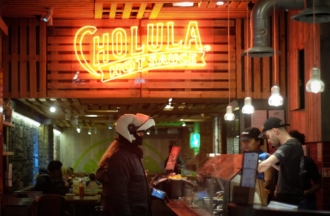

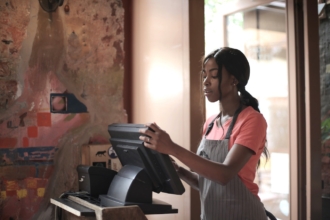
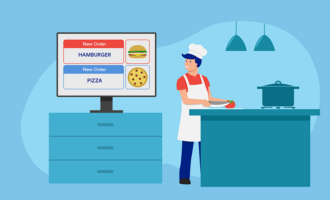

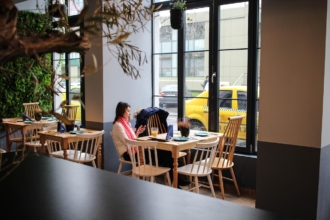



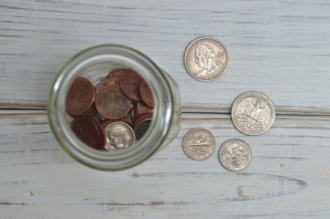
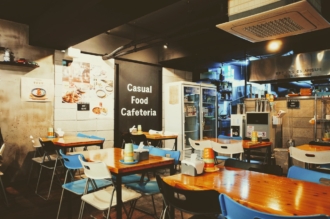


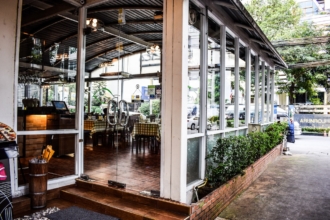
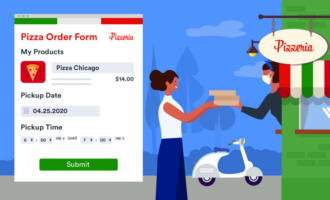




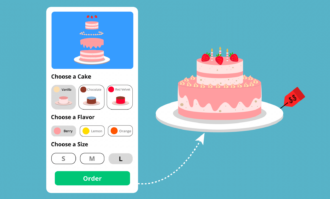
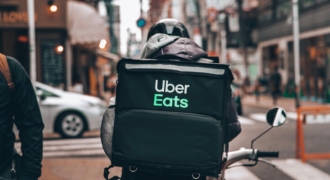
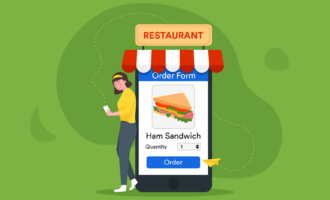


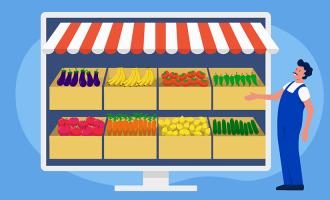



Send Comment: